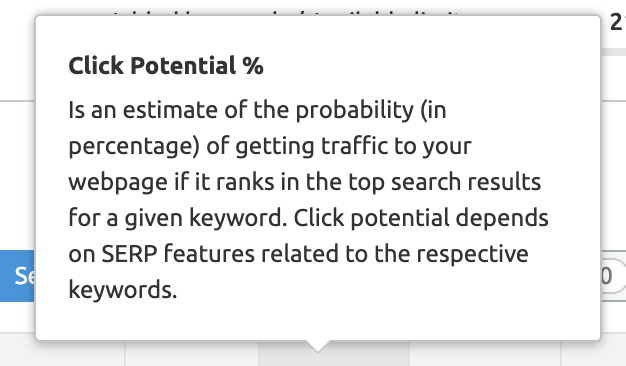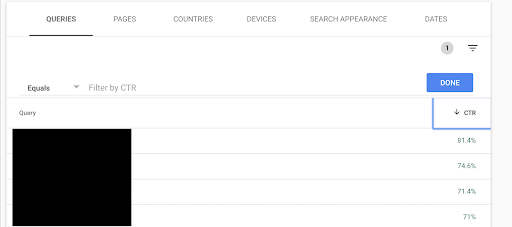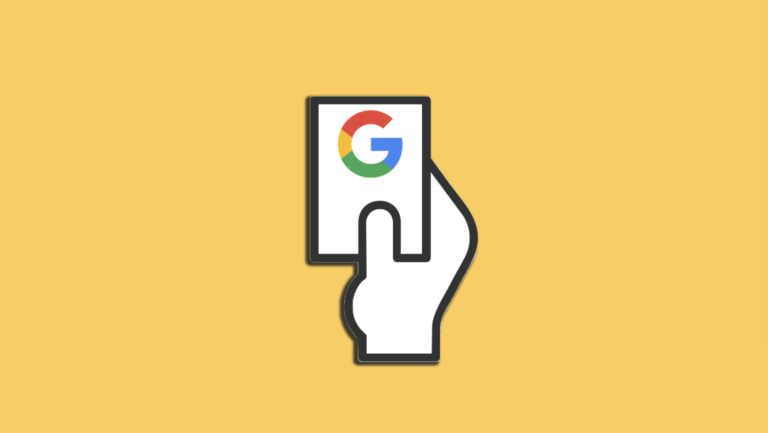Don’t Care About Zero-Click SERPs? Trade Search Volume for Click Potential when Planning SEO Projects
Monthly search volume has long been the reigning metric to determine SEO opportunities for page creation and optimization. But given that only 50% of searches result in a click, how do you determine what searches are best to target for your business? If your KPIs depend on searchers clicking through (and ultimately, converting), monthly search volume isn’t going to cut it as the sole indicator of opportunity. Enter Click Potential from SEMrush.
Find Better Opportunities with Click Potential
SEMrush’s click potential percentage, located in Keyword Manager, allows you to sort keywords in a potentially more meaningful way than search volume. If your page’s success depends on getting the click (and ultimately, further user action), pay closer attention to click potential than you do search volume.

SEMrush allows you to sort by click potential percentage so you can find keywords with the highest estimated CTR. Export keywords with >50% click potential, and from there, sort by search volume. This will show you which keywords have the most impressions and clicks, offering a much clearer starting point for optimization.
How to Find High CTR Search Opportunities with Google Search Console
In addition to using SEMrush data, you can use Google Search Console to find targeting opportunities for high CTR keywords. This is especially useful for content updates because Search Console only shows queries that you already rank for.
In Search Results Performance, filter the data for CTR. Then select Queries and sort the CTR from highest to lowest.

From here, you can export this list to a spreadsheet so that you can easily filter out brand terms. You’ll be left with a list of your top non-branded queries by CTR. Filter this data further by average position to find keywords that are in striking distance for a higher ranking. Update the pages that rank for these keywords accordingly.
This process will give you a solid place to start with optimizations that are the most likely to land you higher rankings on SERPs that drive clicks.
The Exception – Where Search Volume is Still the Best Indicator of Opportunity
If you’re creating or updating content and your goal is to earn brand recognition through organic search, then search volume is still likely the best way to determine the value of a target keyword.
For example, if you’re creating a content piece to answer a question that users commonly have about the types of products or services you offer, the impression may be all a searcher is willing to give to any brand with that search. If that’s the case, you want your page to be the one answering the user question.
The goal being that if you earn the impression now while searchers are at the top of the funnel, they’ll be more likely to remember your brand name when they come back ready to convert.
How to Capture More Impression Share if Zero-Click Searches are Important to Your Brand
If you are targeting high search volume, low CTR keywords, your goal should be to own those SERPs as much as is possible. With user behavior in search increasingly following the Pinball Pattern, it’s important that your page is in as many SERP slots as are available if you’re going to really make an impression.
There are numerous ways to optimize for more space in the SERP, including:
- Add FAQ copy and markup to your page
- Optimize your page for featured snippets
- Add a video to your page to earn a spot in video carousels
- Add helpful alt text to images on the page to increase the likelihood of your image being shown in the SERP
- Purchase ad space on the SERP, even if you already rank organically there
If you’re looking to maximize your SERP real estate, understand what your SERP looks like and optimize for those spaces where you want your brand to be seen.
Conclusion
Search volume is always going to be an important SEO metric, as it gives us a relative estimate of how many users will actually see a given SERP. But search volume is not the most important gauge of search opportunity anymore in a world where only 50% of searches result in a click. This doesn’t mean that we should throw search volume away as a tool, but rather that we should keep it in context with the intent of our target page.







